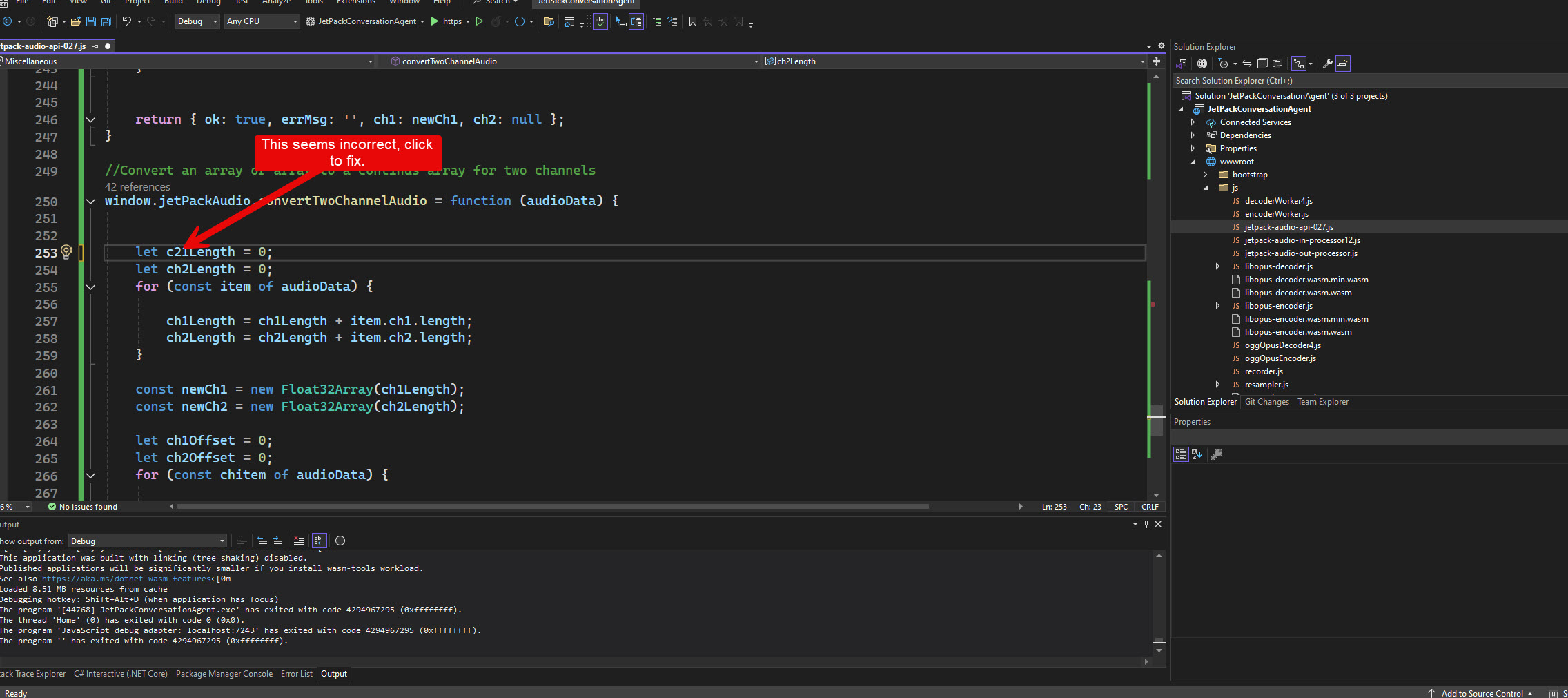AI-Assisted Future for Dynamic Languages and Scripting.

Dynamic programming languages and scripting are amazing and painful. While offering certain advantages, they also come with notable drawbacks that can impact development efficiency and code reliability. This post focuses on these shortcomings and explores how artificial intelligence (AI) can potentially mitigate these issues, revolutionizing the coding process.
One of the primary challenges in dynamic languages is the absence of a compilation stage. This omission makes it easier for developers to introduce errors through typos or incorrect type usage inadvertently. These mistakes often remain undetected until runtime, when the problematic code is executed. Consequently, there has to be an increased emphasis on comprehensive code coverage in testing to ensure all code paths are exercised and potential issues are uncovered. While similar problems can occur in statically typed languages, the focus is on how AI can address these challenges in dynamic languages.
The AI-Assisted Solution
We can now use AI and have an AI copilot that analyzes your dynamic code and scripts in real-time as you write them. This intelligent assistant provides immediate, contextual feedback by examining various aspects of your code, including:
-Type consistency
- -Type compatibility
- -Spelling and syntax
- -Potential logical errors
- -Code style and best practices
The benefits of such an AI-powered coding companion would be substantial:
-Increased productivity: Errors caught and corrected in real-time
-Improved code quality: Consistent adherence to best practices
-Reduced testing time: Fewer errors make it to the testing phase
-Enhanced learning: Developers gain insights from AI suggestions
The Future of Coding
As AI evolves, we can anticipate even more profound changes in the coding process. One potential development is the increased use of natural language in programming. This approach would involve an interactive dialogue between the developer and the AI, where the programmer describes their requirements in plain language, and the AI generates corresponding code sections.
These natural language interactions could be captured and associated with the resulting code to maintain transparency and facilitate collaboration. For instance, a small icon (like a '+' symbol) next to a code block could expand to reveal the conversation that led to its creation. This feature would significantly enhance code comprehension for other developers working on the project.
Conclusion
The author expresses unwavering confidence that the coding landscape is transforming permanently. This post offers readers a glimpse into the future of software development, highlighting the potential advantages of AI-assisted coding.
By addressing the inherent weaknesses of dynamic languages and introducing innovative approaches to code creation and documentation, AI has the potential to enhance the software development process significantly. Developers can look forward to a more efficient, error-resistant, and collaborative coding environment as these technologies evolve.

